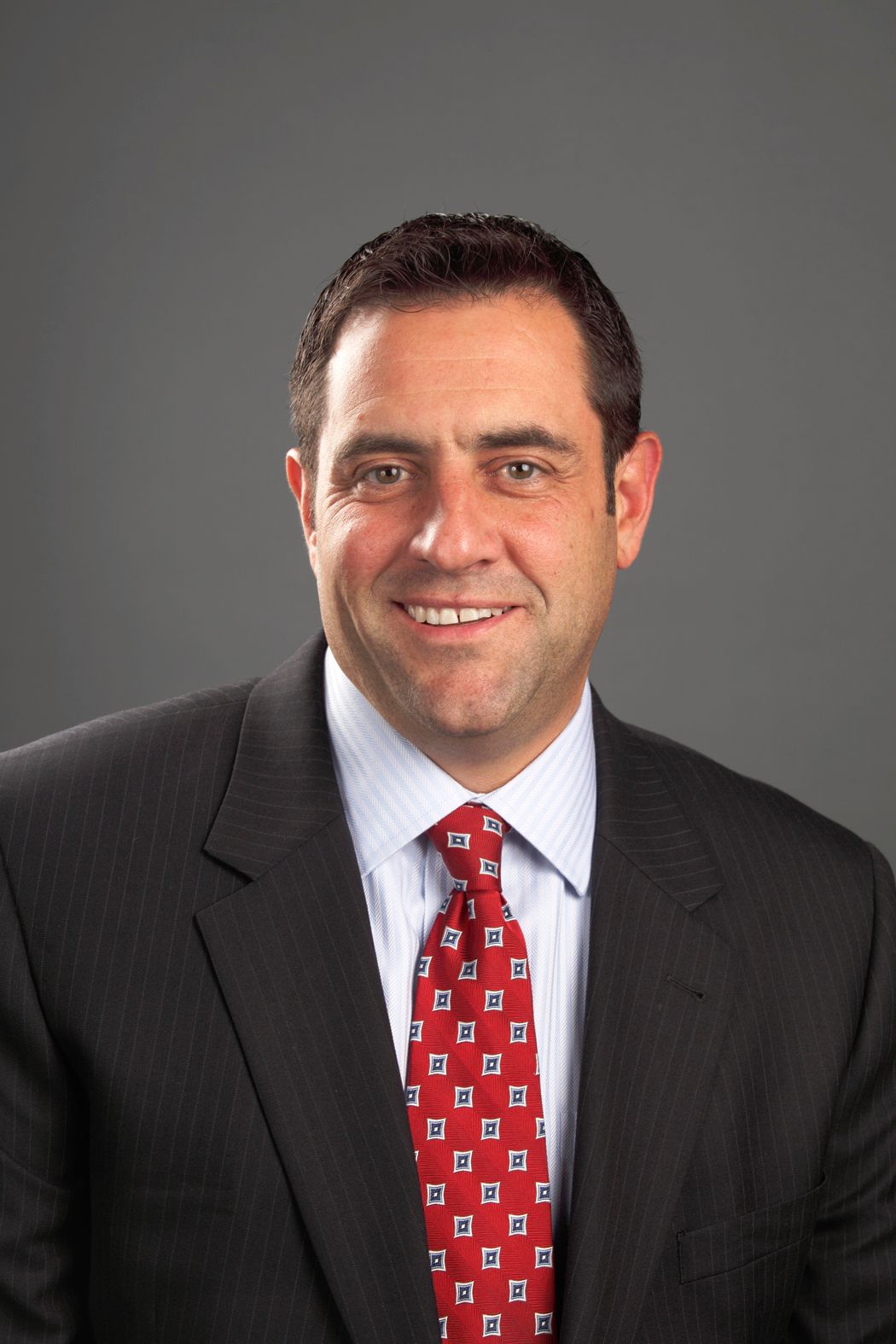PBM vs. PBA: The pros and cons
Industry experts weigh the options between a traditional pharmacy benefits manager and a pharmacy benefits administrator.
As the healthcare industry reinvents itself, it continually develops a variety of patient-centric, value-based, delivery and payment models-some with staying power and others tested and forgotten.
Related:Four ways clinical pharmacists can improve managed care
Pharmacy benefits managers (PBMs) have had success in reducing drug costs for their clients-health plans and self-insured employers-overseeing the entire drug benefit, negotiating manufacturer discounts and creating pharmacy networks.
PBMs, however, are not without detractors who claim PBMs lack transparency in announcing their spread between what clients pay and what managers negotiate with pharmacies, along with maximum allowable costs (MAC) lists that fluctuate at will.
PBM vs. PBA
Although the concept of a pharmacy benefits administrator (PBA) has been on the healthcare radar for years, it has not yet hit the big time. PBAs handle administrative services for the client, such as claims processing and data reporting, while other tasks, such as formulary management, rebating, contracting with network pharmacies, and MAC list management, may be managed by the client. Typically, PBA services are provided by leading PBMs.
“If you go back seven to eight years, plans could see an immediate return on investment from managing rebates internally and managing their own retail pharmacy networks and MAC list,” says Will McHugh, vice president, Solid Benefit Guidance, Montvale, New Jersey.
Over the last few years, however, he says the major PBMs have dramatically improved pricing due to industry consolidation and formulary exclusions, and several PBMs (CVS Health and Envision) are owned by retail pharmacies.
"The rise of specialty pharmacy has also given the PBMs another opportunity to generate significant revenue,” McHugh says. “If a plan works with a PBM for retail, mail and specialty distribution and accepts formulary exclusions and the positive impact those exclusions have on rebate yields that creates a very compelling financial situation for payers.”
NEXT: PBA appeal
PBA appeal
Although plans need the market share, expertise and bandwidth to even consider attempting a shift to in-house pharmacy benefit management, the desire for more control and transparency could push their hands.

SternCraig Stern, PharmD, president, Pro Pharma Pharmaceutical Consultants, Canoga Park, California, says that the demand for transparency in managing pharmacy benefits-supported by the federal government-has prompted many plans to demand information about PBM spread and other financial aspects associated with the benefit. The result has been more emphasis on transparent PBMs than on PBAs; however, he says, some insurers who want total transparency-including MAC lists for generics-are bringing the PBM function in house.
Related: The new patient-centered pharmacy
“The government wants full transparency-what’s paid, what’s retained, how much are rebates, what is the MAC list for generics,” Stern says.
This involvement has led to online access to MAC lists and other relevant information. This is changing the dynamic of who has the information, making it easier for insurers to benchmark PBM costs and determine if bringing benefit management in is a better option, says Stern.
NEXT: Which plans might more readily consider PBAs
Plans that might find PBAs attractive
Stern elieves that insurers that offer Medicare plans and/or exchange plans are more cost sensitive than others, and might more readily consider a PBA.
Stern says there is not a lot of differentiation between a full-service PBM and a transparent one. “The transparent PBM model tweaks the full-service model by removing spread between the amount paid by the purchaser for brand-name products and the amount paid to the pharmacy. The PBM’s spread profit is redistributed to other areas so that all services are still offered. This is not a PBA,” he says.
Related:Value-based formularies take hold
“The PBA is paid by a fee-for-claim adjudication and generally fee-for-service for other desired services. The purchaser may not buy all services,” he says. “The PBA usually incorporates certain services like a standard network pharmacy contract, formulary and MAC list as part of their adjudication fee; however, formulary and MAC lists may also be purchased separately or managed internally by the purchaser.”
According to Stern, there are only about half a dozen true PBAs.
McHugh sees the PBA marketplace as running the gamut from a bare bones, claims processing and reporting entity to the other extreme of full PBM services with options in between, or what McHugh calls “hybrid” models. They could include using a PBM’s network with a plan’s network as a wrap-around, or taking advantage of formulary and specialty drug benefits only. “Some plans can create a pharmacy network but may not be as good as a PBM in negotiating rebates,” he says.
NEXT: Critical considerations
Critical considerations
Moving PBM functions in house and relying on a PBA to process claims cuts out the middleman and enables insurers to take full control of the pharmacy benefit. These in-house services, however, might come with a higher price than those charged by a traditional PBM.
Mike DeBelle, senior manager, Optimity Advisors, Washington, D.C., says that going in house with pharmacy benefit management functions could give insurers with sufficient market share an opportunity to gain complete control over financials, coordinate the entire pharmacy benefit under one roof and manage their own formulary.
He anticipates that as plans merge, they could assume more control over spend and would be willing to accept full risk but turn to a PBA to plow through layers of administrative work, such as enrollment, claims processing and billing.
David Calabrese, vice president and chief pharmacy officer, OptumRx, notes that organizations considering moving to a PBA need to exercise extreme due diligence.
Related:Specialty pharmaceuticals roundtable: Balancing benefits, costs

Calabrese"The clinical, regulatory, operational and economic complexities of today’s pharmacy benefit landscape can be daunting," he says, adding that many managed care plans that have moved to PBA models over the past decade have retracted to certain degrees due to the administrative costs and challenges associated with the transition. "Organizations need to be well-equipped with the right level of expertise and resources to ensure such a transition is a wise business decision."
McHugh says plans need a positive return on investment and sufficient market share prior to moving PBM functions in house, allowing insurers to more effectively manage both their pharmacy and medical benefits and negotiate better rebate terms with manufacturers. Most employers, however, lack the size and resources to manage their pharmacy benefit alone, he says.
NEXT: Final considerations
Final considerations
Calabrese also emphasizes that recent PBM industry dynamics have yielded much more sizable and well-resourced organizations. This, in turn, has led to much greater leverage in contracting with drug manufacturers and retail pharmacies, and much greater depth of skill and cost-efficiency with in-house capabilities such as home delivery and specialty pharmacy management.
Consequently, even with traditional models of payer-PBM contracting, most payers will find that the economics will often still lean in favor retaining most functions with the PBM.
Stern agrees that it is important for plans to weigh the advantages of a traditional PBM against gaining more control over retail networks, MAC lists, clinical programs and formularies, additional costs and the ability to handle functions internally. Still, he anticipates more movement to the PBA model in the next six years.
Mari Edlin is a frequent contributor to Managed Healthcare Executive. She is based in Sonoma, California.
David Calabrese of OptumRx Talks New Role, Market Insulin Prices and Other Topics 'On His Mind'
April 13th 2023In this month’s episode of the "What's On Your Mind podcast," Peter Wehrwein, managing editor of MHE connects with the now Chief Clinical Officer of OptumRx Integrated Pharmacies, David Calabrese. In this conversation, David touches on his transition in January as OptumRx’s former chief pharmacy officer and market president of health plans and PBMs to his new role as Chief Clinical Officer where he now focuses more on things such as specialty pharmacy to home delivery — with an overall goal of creating whole-patient care. Throughout the conversation, Calabrese also touched on the market’s hot topic of insulin prices and behavioral health services within the OptumRx community, among other topics.
Listen
Upended: Can PBM Transparency Succeed?
March 6th 2024Simmering tensions in the pharmacy benefit management (PBM) industry have turned into fault lines. The PBMs challenging the "big three" have formed a trade association. Purchaser coalitions want change. The head of the industry's trade group says inherent marketplace friction has spilled over into political friction.
Read More
Briana Contreras, editor of Managed Healthcare Executive, spoke with Nancy Lurker, CEO and president of EyePoint Pharmaceuticals. Nancy shared a bit about EyePoint and how the organization’s innovative therapies are addressing patient needs through eye care, and most importantly, she addressed C-Suite positions like the CEO role. Nancy shared advice for those seeking to reach the CEO level, especially toward women in healthcare and other roles, and what it takes to run a biopharma company.
Listen
The deliberate disconnection of Change Healthcare to ring fence a cyberattack entered its seventh day today. Prescribers are finding ways to get pharmacy claims processed, and UnitedHealth Group says disruption to the dispensing of prescriptions has been minimal. But independent pharmacies want more information and protection from financial consequences from pharmacy benefit managers.
Read More